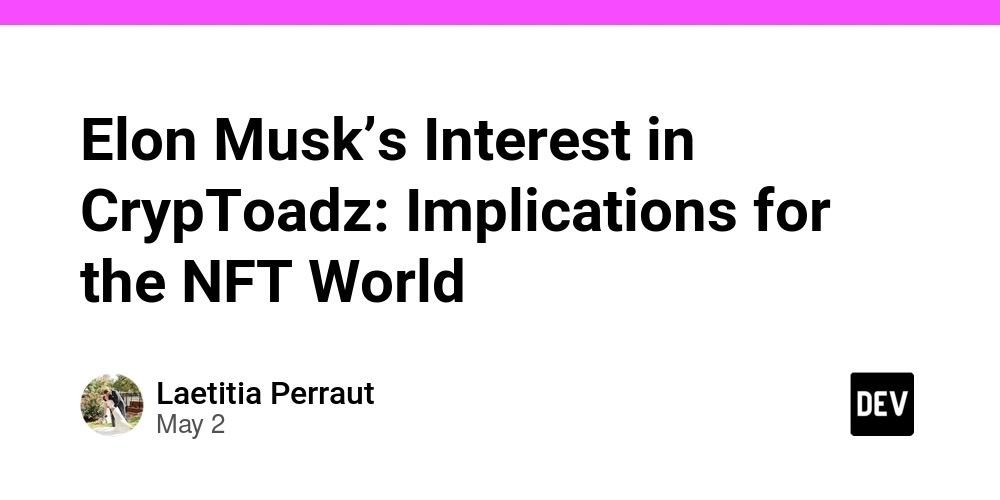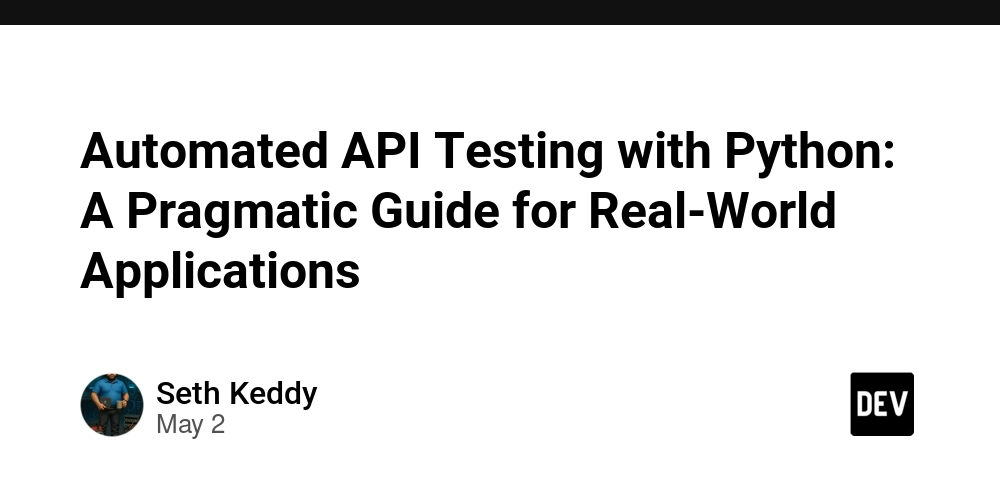Securing Multi-Cloud Environments – CISO Resource Blueprint
The multi-cloud landscape has transformed enterprise IT, with over 87% of organizations now operating across multiple cloud platforms. This distributed approach delivers flexibility and resilience but creates significant security challenges for today’s CISOs. Managing consistent security controls across diverse environments, navigating complex compliance requirements, and maintaining comprehensive visibility all while supporting rapid innovation demands a […] The post Securing Multi-Cloud Environments – CISO Resource Blueprint appeared first on Cyber Security News.

The multi-cloud landscape has transformed enterprise IT, with over 87% of organizations now operating across multiple cloud platforms. This distributed approach delivers flexibility and resilience but creates significant security challenges for today’s CISOs.
Managing consistent security controls across diverse environments, navigating complex compliance requirements, and maintaining comprehensive visibility all while supporting rapid innovation demands a structured approach.
This article provides a leadership blueprint for CISOs tasked with securing multi-cloud environments, offering strategic frameworks, operational best practices, and forward-looking approaches to transform security from a potential constraint into a business enabler.
Strategic Multi-Cloud Security Leadership
The CISO’s role in multi-cloud environments requires balancing technical expertise with business acumen. Successful security leaders establish cloud-agnostic governance frameworks that transcend individual provider boundaries while aligning with enterprise risk tolerance.
This approach begins with comprehensive asset discovery and classification across all cloud platforms, creating a foundation for consistent policy enforcement.
Rather than treating each cloud as a separate security domain, effective CISOs implement unified control frameworks based on business impact rather than technical implementation details.
This strategic perspective enables organizations to leverage the unique strengths of different cloud providers without compromising security posture.
The most successful security leaders also recognize that multi-cloud security requires extensive collaboration, establishing cross-functional cloud centers of excellence that bring together expertise from security, development, operations, and compliance teams to develop shared responsibility models that scale across environments.
Operational Excellence in Multi-Cloud Security
Translating strategic vision into operational reality requires both technological integration and process transformation across your multi-cloud landscape:
- Unified Visibility and Monitoring: Implement cross-cloud security posture management that normalizes findings across environments and provides consolidated risk reporting. This unified approach enables identification of systemic vulnerabilities that might remain hidden when viewing each cloud in isolation.
- Identity-Centric Security Models: Deploy federated identity management with consistent authorization policies across all cloud platforms. As traditional network boundaries dissolve, identity becomes the primary security perimeter requiring sophisticated governance regardless of where resources reside.
- Security Automation and Orchestration: Leverage infrastructure-as-code approaches to embed security controls consistently across all environments from the development phase forward. This “shift-left” strategy prevents security debt while maintaining deployment velocity.
- Cloud-Native Threat Protection: Implement detection and response capabilities designed for ephemeral, distributed architectures rather than traditional infrastructure. This requires cloud-specific threat modeling and adaptive defense mechanisms that address unique attack patterns.
- Compliance as Code: Transform compliance from periodic assessment to continuous verification through automated policy enforcement. This approach enables organizations to maintain regulatory alignment despite the rapid pace of cloud deployment and configuration changes.
The most effective security operations teams develop expertise across multiple clouds while maintaining centralized governance. This hybrid approach allows for cloud-specific optimization while ensuring consistent security outcomes.
By standardizing security requirements rather than implementation methods, organizations can adapt controls to each provider’s native capabilities while maintaining uniformity in protection levels.
Future-Proofing Your Multi-Cloud Security Strategy
As cloud architectures continue evolving toward greater abstraction and distribution, security leaders must develop forward-looking strategies that anticipate emerging challenges.
The acceleration of serverless computing, edge deployments, and containerized workloads renders traditional security approaches increasingly obsolete.
Progressive CISOs are implementing zero-trust frameworks that verify every access request regardless of origin, reducing dependence on network-based controls that struggle in multi-cloud environments.
Similarly, the rise of AI-powered cloud services creates security opportunities and challenges requiring proactive governance frameworks.
Organizations that develop cross-cloud security architectures focused on data protection and workload security rather than environment-specific controls will maintain resilience as cloud offerings evolve.
This future-oriented perspective demands continuous skills development among security teams, with emphasis on cloud-native security capabilities rather than legacy expertise.
Security leaders should also establish formal technology evaluation processes that prioritize integration capabilities across environments, avoiding tools that create additional siloes or provider lock-in.
- Adaptive Risk Assessment: Develop dynamic risk models that account for the unique threats in each cloud environment while maintaining consistent evaluation criteria. This enables security leaders to make informed decisions about workload placement based on both security requirements and business needs.
- Resilient Security Architecture: Design security controls that maintain effectiveness even during cloud service disruptions or provider changes. This architectural resilience includes distributed security services, independent verification capabilities, and cross-cloud recovery mechanisms.
The most successful security leaders approach multi-cloud environments not as a technical challenge but as a strategic opportunity to modernize security practices.
By implementing business-aligned governance, operational excellence through automation, and forward-looking architectural approaches, CISOs can enable their organizations to harness the full potential of multi-cloud strategies while maintaining comprehensive protection.
This leadership perspective transforms security from a potential barrier to a business enabler, positioning the organization for sustainable growth in an increasingly distributed digital landscape.
Find this News Interesting! Follow us on Google News, LinkedIn, & X to Get Instant Updates!
The post Securing Multi-Cloud Environments – CISO Resource Blueprint appeared first on Cyber Security News.














![Day 153/365 [Learning Full Stack]](https://media2.dev.to/dynamic/image/width=800%2Cheight=%2Cfit=scale-down%2Cgravity=auto%2Cformat=auto/https%3A%2F%2Fdev-to-uploads.s3.amazonaws.com%2Fuploads%2Farticles%2F8nbi1z0fon7j6nu7dt0b.png)


































































